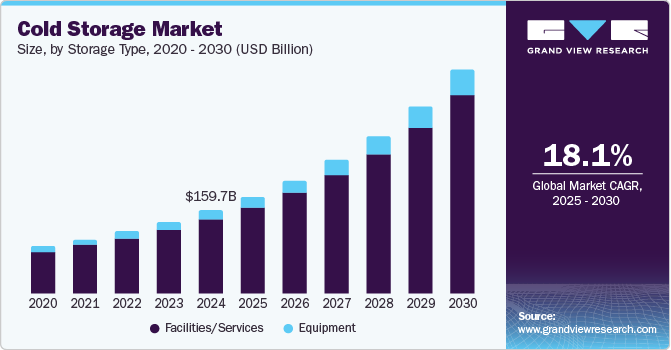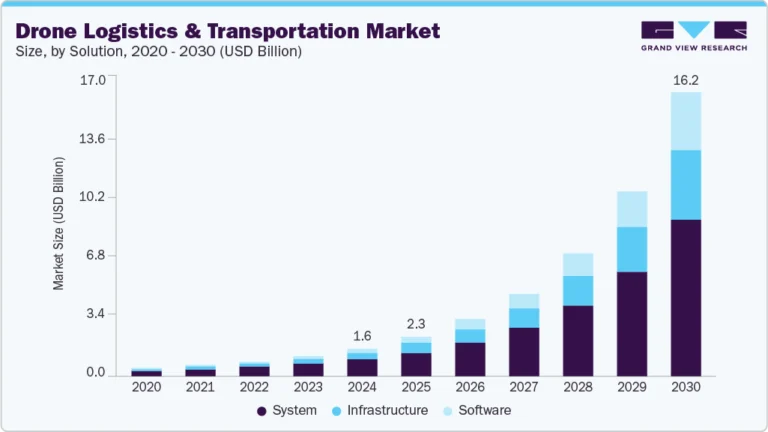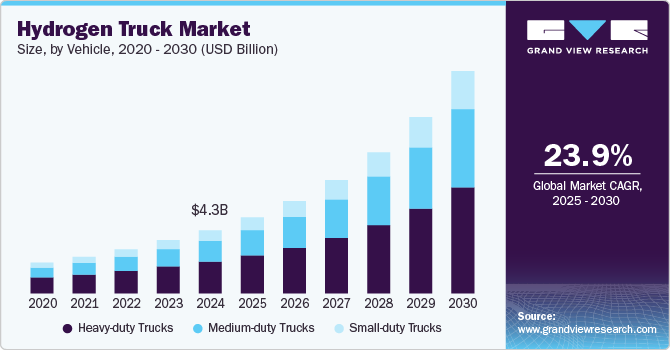Cold Storage Market Size, Share & Trends Analysis growing at a CAGR of 18.1% from 2025 to 2030

The global cold storage market size was estimated at USD 159.7 billion in 2024 and is projected to reach USD 427.6 billion by 2030, growing at a CAGR of 18.1% from 2025 to 2030. The market has benefitted significantly from the strict regulations governing the supply and production of temperature-sensitive products.
Key Market Trends & Insights
- The North America cold storage market led globally and accounted for a 34.1% share of the global revenue in 2024.
- The Cold Storage market in the U.S. is expected to grow at a significant CAGR from 2025 to 2030.
- Based on storage type, The facilities/services segment dominated the overall market, gaining a market share of 89.5% in 2024.
- Based on application, The food & beverages segment dominated the overall market, gaining a market share of more than 77% in 2024.
- Based on temperature range, The frozen (-18°C to -25°C) segment dominated the overall market, gaining a market share of more than 62% in 2024.
Market Size & Forecast
- 2024 Market Size: USD 159.7 Billion
- 2030 Projected Market Size: USD 427.6 Billion
- CAGR (2025-2030): 18.1%
- North America: Largest market in 2024
- Asia Pacific: Fastest growing market
Request a free sample copy or view report summary: https://www.grandviewresearch.com/industry-analysis/cold-storage-market/request/rs1
The industry is expected to grow significantly over the forecast period owing to growing organized retail sectors in developing economies. Moreover, rising automation in refrigerated warehouses is projected to boost demand further. Warehouse automation includes cloud technology, conveyor belts, robots, energy management, and truck-loading automation. Refrigerated storage has become integral to supply chains when storing and transporting temperature-sensitive products. In addition, the growing perishable product trade is also expected to boost the demand for refrigerated storage solutions over the next few years.
Companies in the cold storage industry are adopting low-carbon designs and investing in environmental auditing and innovative construction methods. A low-carbon design that minimizes energy consumption can lead to more sustainable and environmentally friendly warehouses. The use of energy-efficient technologies, such as intelligent automation and control systems, can reduce energy costs and lower the carbon footprint of these facilities.
The need for a high initial investment to establish a cold storage facility is one of the key factors hampering the growth of the market. Cold storage facilities require significant investment to construct the unit, install the necessary equipment, and maintain and repair the infrastructure. This cost can be especially high for companies just starting in the market, as they need to invest in high-quality infrastructure, refrigeration systems, and insulation to ensure proper temperature control and energy efficiency.






